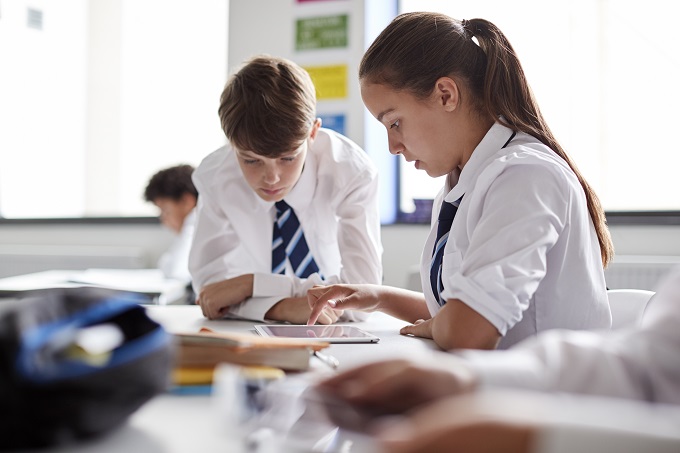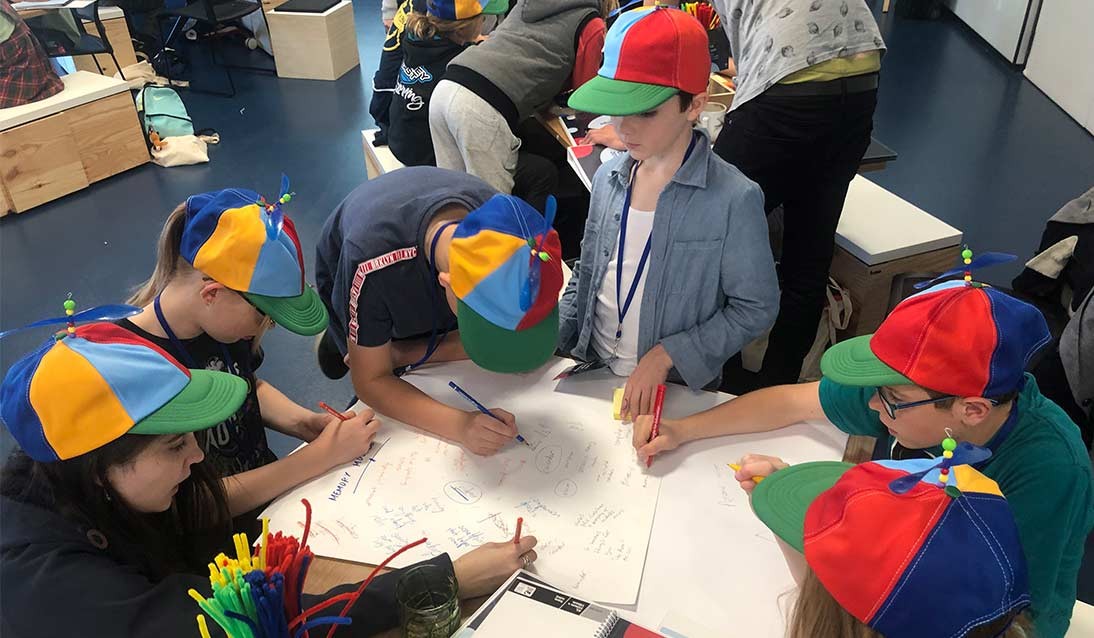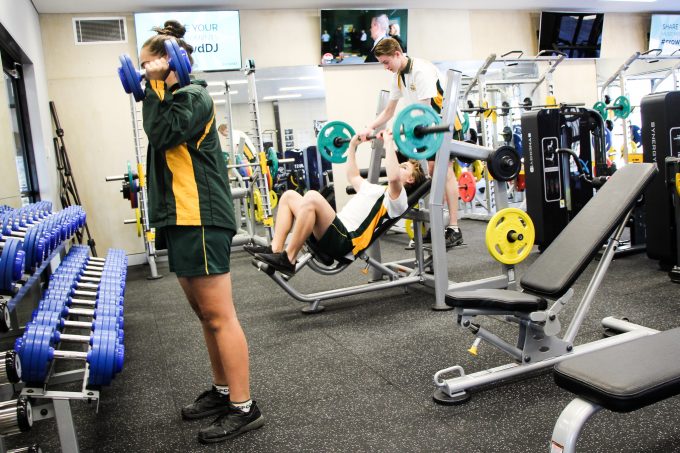
The Federal Government introduced legislation to parliament last week to increase funding to public schools.
The government said the legislation will enable state governments to fully fund public schools. The funding is tied to reforms which the government said will help students catch up, keep up and finish school. While this sounds like a welcome prospect, the funding will not be extended to all schools, or to every state and territory.
Read the latest print edition of School News HERE
Currently, the Commonwealth provides 20 percent of the Schooling Resource Standard (SRS) funding to public schools, and the States and Territories are supposed to provide another 75 per cent. That means there is at least a five percent gap. The Better and Fairer Schools (Funding and Reform) Bill 2024 amends the Australian Education Act 2013 (the Act) and enables the Commonwealth to lift its share of funding to public schools above 20 per cent.
The BFSA is a 10-year agreement that ties new funding to practical reforms to help lift student outcomes, sets targets and improves school funding transparency.
Minister for Education Jason Clare explained: “At the moment, the maximum the Commonwealth Government can provide to public schools is 20 percent of the Schooling Resource Standard.
“This Bill turns that maximum into a minimum. It turns that ceiling into a floor. It enables the Commonwealth Government to ratchet up funding for public schools.”
The Australian Education Union (AEU) has long been arguing for a fairer approach to school funding to ensure all public schools are fully and fairly funded. The AEU said the new legislation shows that the Albanese Government does not understand the impact their funding negotiations have had on the wellbeing and morale of teachers and students in public schools.
“While we welcome legislative moves to lock in a floor for the Commonwealth share of the Schooling Resource Standard (SRS), it is beyond belief that the Albanese Government is setting this floor at the previous Coalition Government’s 20 percent cap,” said Correna Haythorpe, Federal President of the Australian Education Union (AEU).
Ms Haythorpe highlighted a number of problems the AEU has identified with the legislation, including that a floor of 20 percent sets the floor at the Coalition government’s cap, instead of the full 25 percent that is needed.

The Greens echoed the AEU, calling on the government to raise the federal public school contribution to at least 25 percent, arguing that the proposed deal will lock states into another decade of underfunding.
Senator Penny Allman-Payne, Greens spokesperson on Primary and Secondary Education said: “Let me be clear: public schools deserve full ongoing funding and cannot be left to scrape by on less than the bare minimum. Labor’s deal is not a deal for full funding, and independent fact checkers have labelled Mr Clare’s claims as misleading.
“Public schools are currently underfunded by $32 billion across the next five years and this deal will not bridge that gap.
“I am seriously concerned that the Government intends to set and forget their contribution to public schooling at 22.5 percent or lower – when it should be at least 25 percent – thereby locking in another generation of disadvantage,” Senator Allman-Payne said.
Adding more complexity to the funding debate is the issue of non-government school funding. The Commonwealth Government provides 80 per cent of the Schooling Resource Standard (SRS) funding for non-government schools and the State and Territory Governments provide the other 20 per cent.
Independent Schools Australia (ISA) CEO Graham Catt, however, warns that a blame game pitting the public sector against the private is not good for anyone.
“Independent schools serve diverse students and communities, with diverse needs and so there are many variables in how funding is determined. But the simple fact is that government schools will always receive more government funding than non-government schools on a per student basis, where they enrol an identical cohort of students,” Mr Catt said.
The latest data shows that nationally, independent school students receive an average of $12,160 in government funding, while public school students receive $22,510.
“Every Independent school teacher, every leader, every parent wants to see all schools fully and fairly funded.” said Mr Catt. “They shouldn’t be the subject of attacks like this that deliberately seek to fuel division. Instead, we should be united across all sectors to ensure that every Australian child gets the best education possible.”

Notably, only states and territories that sign up to the Federal Government’s public school funding offer will benefit from this new legislation. Current funding arrangements will continue for another 12 months for schools that do not commit to the deal.
So far, only Western Australia, Victoria, Tasmania and the Northern Territory have signed the agreement, a situation Ms Haythorpe is concerned about.
“There has been no genuine opportunity for consultation on this draft legislation. Further, we have the astonishing situation whereby NSW, VIC, SA, QLD and the ACT have been told that they will receive status quo funding for next year, therefore no additional money for these states,” continued Ms Haythorpe.
“This can only be viewed as a cynical political move against states that have held firm for a full 100 percent SRS on behalf of their public schools. This approach entrenches inequality for the students, teachers and families of these jurisdictions.
“There is an urgent need for the Albanese Government to show leadership and return to the negotiating table with a “better and fairer” school funding offer for states and territories.”
The government said it will continue to work with the remaining states and territories to fully fund public schools across Australia.







